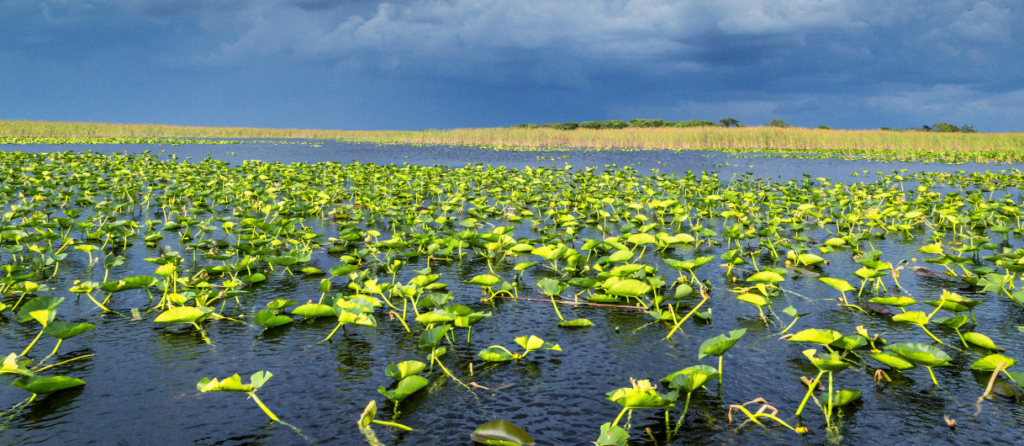How will Florida SPB 7002 affect Everglades spending?
How will Florida SPB 7002 affect Everglades spending?

A bill was filed last week in the Florida Senate that could be seen as a “good government” bill.
It could also be seen as an attempt to cut spending on Everglades Restoration.
Senate Proposed Bill 7002 would mandate greater detail in budgeting, more transparency and accountability for water management districts, the South Florida Water Management District in particular. And there’s nothing wrong with that.
But some of the changes would effectively ensure less money for Comprehensive Everglades Restoration (CERP) projects, and less fiscal flexibility for water management districts that could slow progress on restoration.

One provision would require the SFWMD to list every Comprehensive Everglades Restoration Plan (CERP) project and articulate specific funding per line item. That would increase transparency — but some say it might also diminish the district’s flexibility to spend the funds where needed, and could slow the progress of some projects.
For example, say a reservoir project hits items of archeological significance, and work grinds to a halt. Should unused funding for that project then become available for other restoration projects? Under SPB 7002, it might have to be returned to the state instead.
The bill also would allow the state’s Legislative Budget Commission to reject district budget proposals for any portion of the budget funded with state appropriations, or kill any individual project in a district’s five-year capital improvement plan.
Essentially, it’s a line item veto. And to perhaps compensate for this, the bill would allow water management districts to take out a 20-year, interest-free loan from the Florida Department of Transportation, or ask district taxpayers, via a referendum, if they are willing to pay additional levies to finance the project.
Another aspect of the bill involves the “Integrated Delivery System,” essentially a laundry list of projects in the pipeline, what they cost and when they’re expected to be finished. The IDS is developed by the South Florida Ecosystem Task Force, composed of federal, state tribal and local leaders who estimate how much the state will spend over the course of the coming years; that state spending is then supposed to be matched by federal dollars.
SPB 7002 effectively caps state spending — thereby capping federal spending as well.
In a press release, Sen. Jason Brodeur (R-Sanford) said: “Over the years, local, state, and federal focus increased resources for environmental restoration and in particular, Everglades restoration. In some cases, that emphasis has unfortunately manifested itself as mission creep, and left too many core operations at risk of failure. When this happens, taxpayer funds have to be diverted from other important priorities to bridge the gap.”
Brodeur touted Florida’s “unwavering commitment” to Everglades restoration, which under the bill would be funded at $750 million this year (below Gov. DeSantis’s $805 million proposal). But this may be something of a high water mark.
There is no companion bill in the state House as of yet; but Senate leadership is said to be very interested in passing this bill. Stay tuned and we’ll keep you posted on the progress — and what it means for the greater Everglades.


